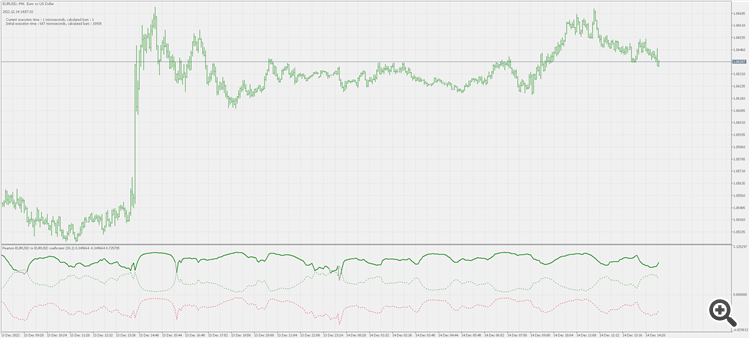Hi, thanks, for this interesting indicator!!!
Can you explain "Level up", "Middle level" and "Level down" ?
Thanks,
The complexity of this algorithm is O(n^2). See similar indicators that calculate the same values, but much faster - O(n).
fxsaber #:
The complexity of this algorithm is O(n^2). See similar indicators that calculate the same values, but much faster - O(n).
The complexity of this algorithm is O(n^2). See similar indicators that calculate the same values, but much faster - O(n).
I agree that the code posted can be optimized
- the code, as is, was a sort of "by the book" code so that everybody can check if the formula used is correct
- I am sort of avoiding posting optimized code since then I get comments like : "It is too complicated code" (the hell : I even got comments that variable names must not be named as I do in my code)
Also, I am aware of the O(n) algorithm but I am not using it (for the same reason I am not using the O(n) algorithm for standard deviation) - it can be, in some cases, wildly inaccurate
Instead I am using different methods for optimized calculation. Attaching an ex5 file (even though I know it shall be deleted)
- it gets the same results as the "official" version
- it is optimized the "alternative" way
- it has an additional option to display execution times (in microseconds) - for checking purpose
- average execution time (using defaults) on my PC for initial 10K bars is 5-600 microseconds (new ticks execution times are negligible)
PS: apart from posting ex5 file, the file is not limited in any way and is not displaying any advertisement (unlike some new entries in the code base)
You are missing trading opportunities:
- Free trading apps
- Over 8,000 signals for copying
- Economic news for exploring financial markets
Registration
Log in
You agree to website policy and terms of use
If you do not have an account, please register

Pearson coefficient:
Pearson coefficient
Author: Mladen Rakic